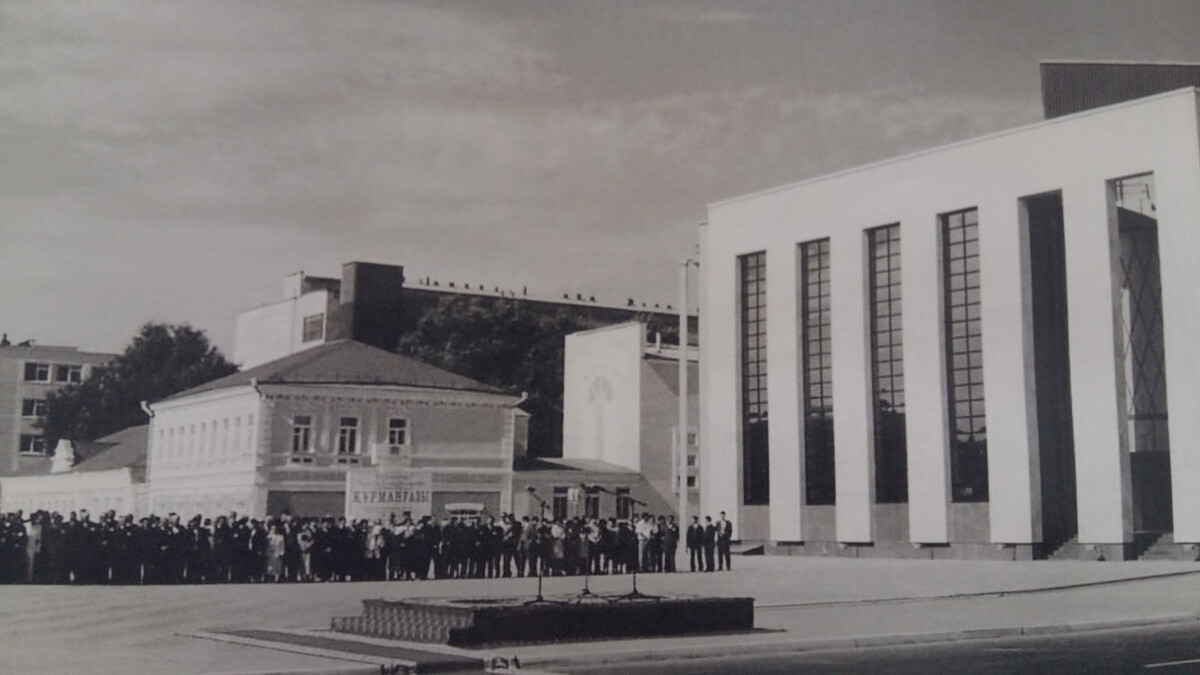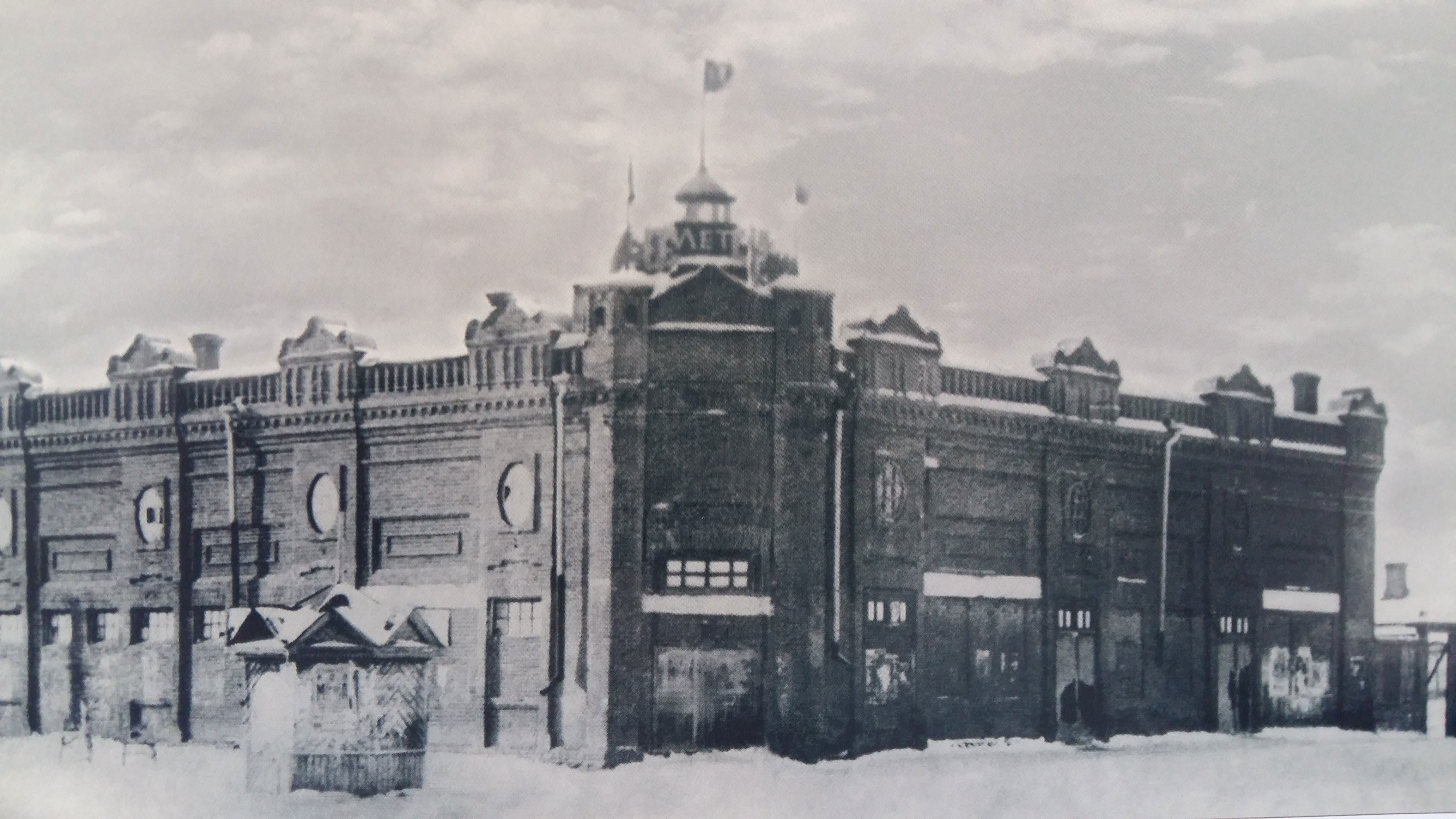
The October Revolution of 1917 gave an impetus to development of the drama art. In 1918-1924 theater companies popped up in Akmola, Kostanay, Kokshetau, Orenburg, Petropavlovsk, Taraz, Tashkent, Turkestan and Shymkent. The staged pieces by Zhussipbek Aimauytov, Mukhtar Auezov, Mirzhakyp Dulatov, Ye.Yerdanov, Kosmukhamed Kemengerov, Beimbet Mailin, and Saken Seifullin. The professional Kazakh dramatic art originated as far as 1926, when Kazakh State Drama Theater opened in Kyzylorda. Director and Art Manager Zh.Shanin, and talented actors G.Abdullin, K.Badyrov, K.Kuanyshbayev and others stood at the origins of the theater. The theater company was composed of artistic amateurs and masters of the folk art from across the country. In 1928, the theater dislocated to Alma-Ata, the new Kazakhstan’s capital. In 1937, the theater obtained the prefix «academic».
In 1934, the Kazakh State Theater of Opera and Ballet was established in Alma-Ata. Just before the Great Patriotic War, it was given the status of academic theater and name of the people’s poet Abay Kunanbaev on the occasion of centenary of the birth of the great Kazakh enlightener, and philosopher. In 1938, a Russian troupe was created in the theater. It was also the time when first ballets were staged, including Swan Lake by Pyotr Chaikovsky, and Kalkaman and Mamyr by Vassily Velikanov.
K.Baiseitova, S.Kozhamkulov, K.Kuanyshbaev, B.Rimova, Zh.Shanin are fairly considered to be the founders of the professional theater. Today, leading theaters of the country are proud to bear their names. The 30s of the twentieth century marked the emergence of national theaters in other cities in the Republic; in 1934 — in Semipalatinsk, Uralsk, Shymkent, in 1935 — in Aktubinsk and Petropavlovsk, in 1936 — in Karaganda and Taraz, in 1938 — in Atyrau and Pavlodar. Along with the Kazakh theater, Uighur and Korean musical and drama theaters opened in Alma-Ata in 1934 and Kyzylorda in 1937, respectively.

In 1935, the State Puppet Theater was created in Alma-Ata. 1944 was marked by opening of the Theater for Children and Youth in the Southern Capital.
In 1945, a Russian troupe was created in the theater, followed by establishment of Kazakh one in 1946. In different periods the theater was led by N.Sats, V.Grodsky, B.Dobronravov, G.Zhezer and others. In 1936, the first Decade of Kazakh Art was held in Moscow, where Kulyash Baiseitova was honored with the USSR National Artiste title. During the Great Patriotic war, many actors, directors and art managers went up the line.
It was also the time when first ballets were staged, including Swan Lake by Pyotr Chaikovsky, and Kalkaman and Mamyr by Vassily Velikanov.
